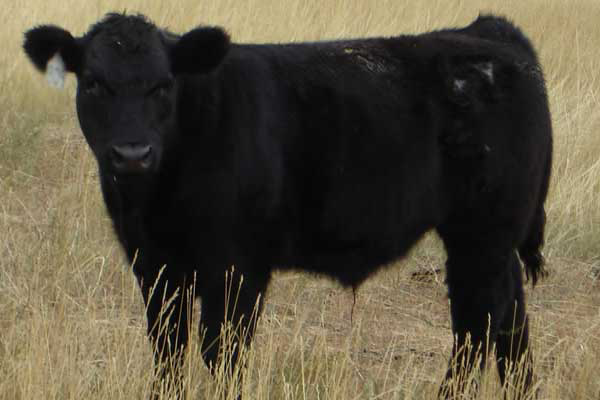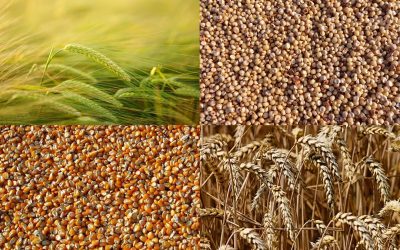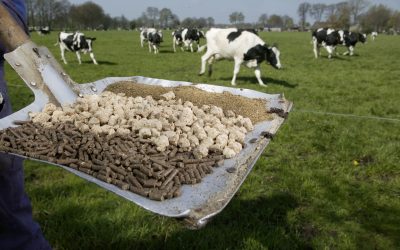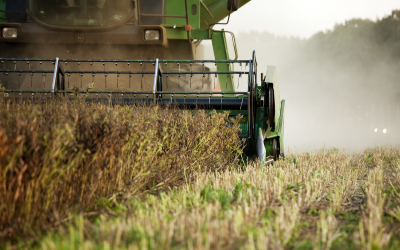Research: Plant extracts to replace monensin in beef cattle

Scientists in Argentina investigated the effect of adding plant extracts containing cinnamaldehyde, eugenol and capsicum oleoresin to feedlot cattle diets.
The objective was to evaluate effects of adding a blend of essential oil compounds on ruminal fermentation and animal performance of feedlot cattle in comparison to sodium monensin.
Trials setup
In Experiment 1 a group of 24 Angus steers (initial weight 141kg) were blocked by weight into 4 groups and randomly allocated to 8 pens of 3 steers.
Treatments were monensin (46.7 mg/kg dietary dry matter (DM)), or plant extracts (PE; 266 mg/steer/d of cinnamaldehyde and eugenol + 133 mg/steer/d of capsicum oleoresin) added to a mineral mixture.
The experiment lasted 84 d and was divided in 2 periods of 0-44 and 45-84 d.
Diets were fed once daily and consisted of a corn grain based concentrate fed ad libitum, plus 200 g alfalfa hay/steer/d as fed.
The DM intake, average daily gain (ADG), feed conversion ratio (FCR) and rate of backfat deposition (BFD) were determined throughout the study. Short term intake patterns were evaluated by visual appraisal.
In Experiment 2, two ruminally fistulated steers were used in a crossover design to determine how the ruminal fermentation variables pH, NH3-N and volatile fatty acids (VFA) were affected by PE or monensin.
Results
Compared to monensin, PE did not alter overall DM intake (0.124 kg/BW0.75 versus 0.123 kg/BW0.75), FCR (0.21 versus 0.20), BFD (1.87 mm/mo versus 1.76 mm/mo), or longissimus dorsi muscle (LM) area (6.56 cm2/mo versus 6.69 cm2/mo) for PE and monensin, respectively.
However, a treatment X period interaction occurred for ADG, with steers fed PE having a higher ADG in the second period (1.43 kg/d versus 1.23 kg/d for PE and monensin, respectively).
Short term intake patterns were not altered by PE compared to monensin, as steers visited the feeders a similar number of times and the length of each visit was also similar (11.5 min versus 10.6 min and 8.28 min versus 9.57 min for PE and monensin, respectively).
Although ruminal pH was not affected (5.55 versus 6.05 for PE and monensin, respectively), ruminal NH3-N was lowered by PE (10.78 mg/dl versus 20.05 mg/dl).
Ruminal total VFA concentrations did not differ between treatments (80.7 mM versus 62.5 mM), and feeding PE did not alter ruminal acetate (48.5 mol/100 mol versus 58.2 mol/100 mol), or propionate (32.8 mol/100 mol versus 25.2 mol/100 mol,P=0.65) proportions.
Conclusion
Results show that steers fed PE performed equivalently to those fed monensin in a high concentrate diet, and that some productive variables were improved with PE feeding.











